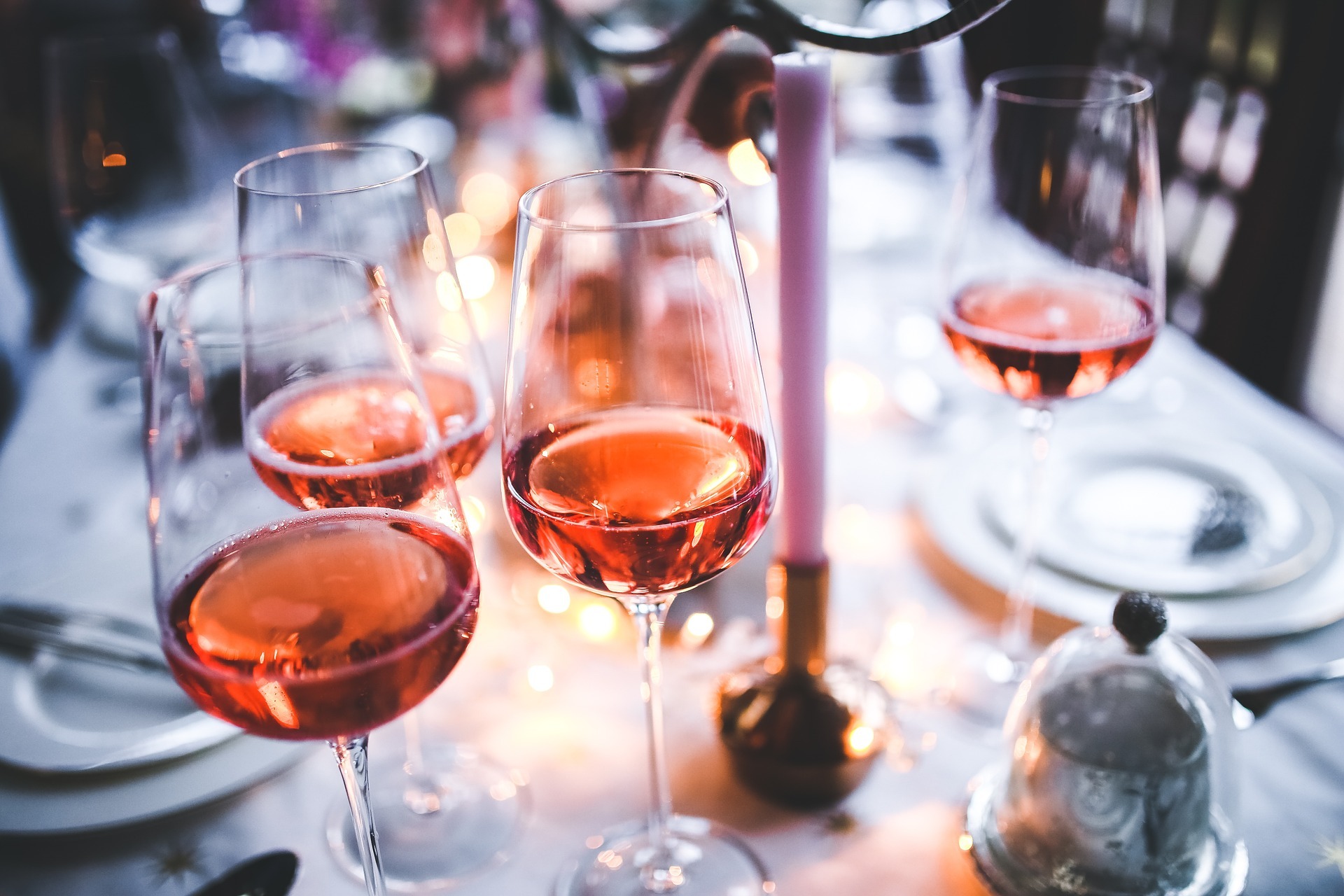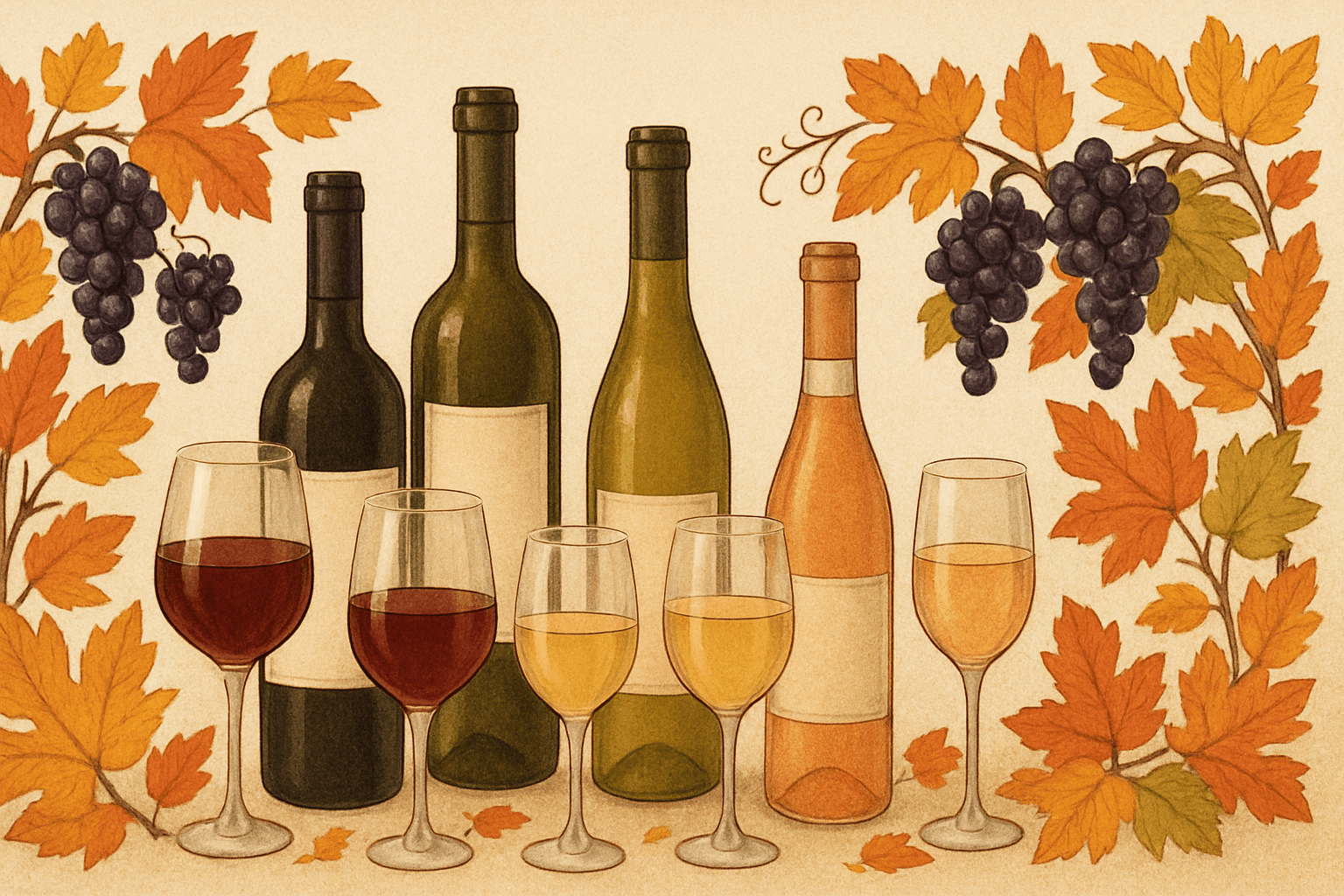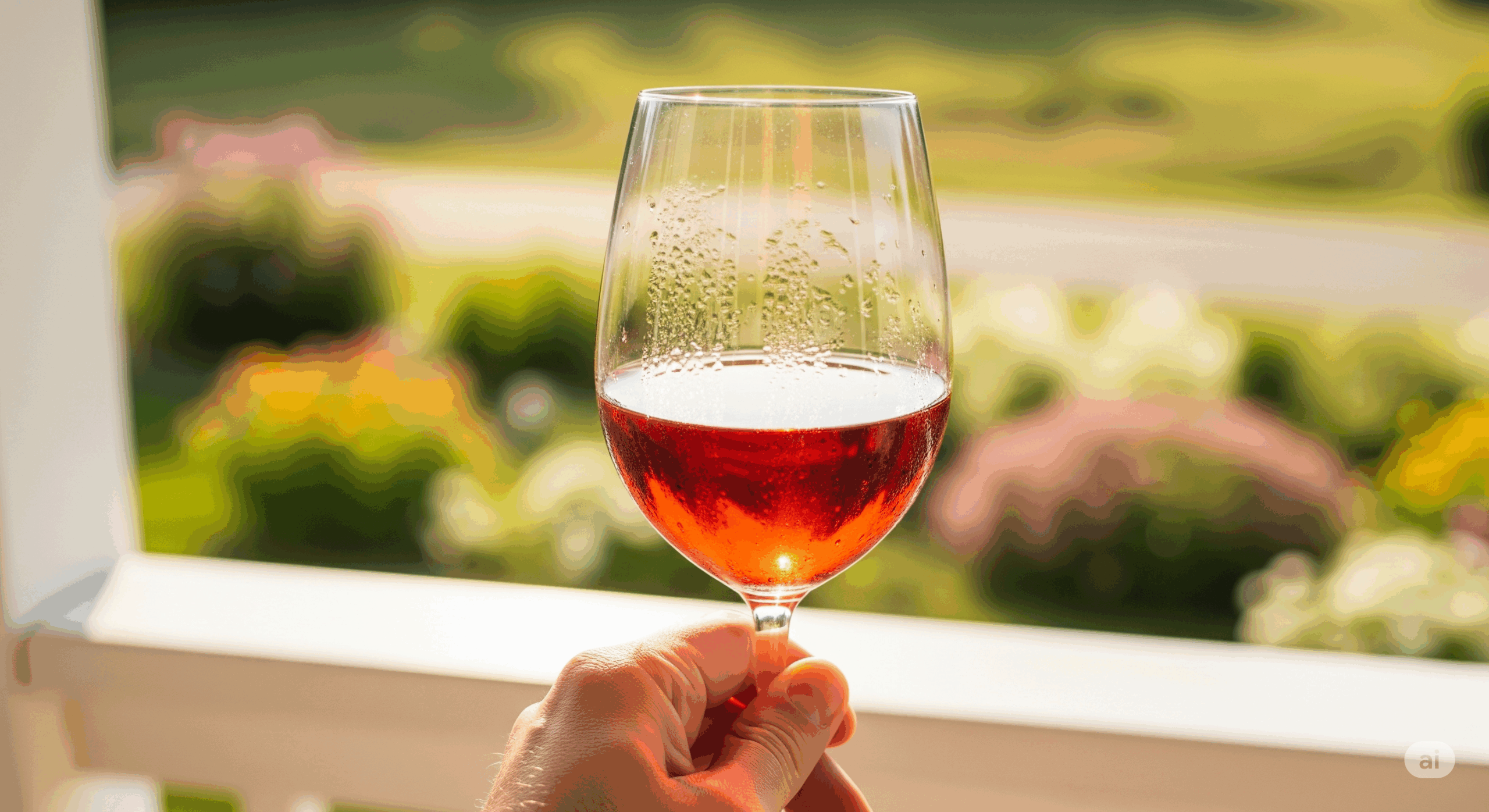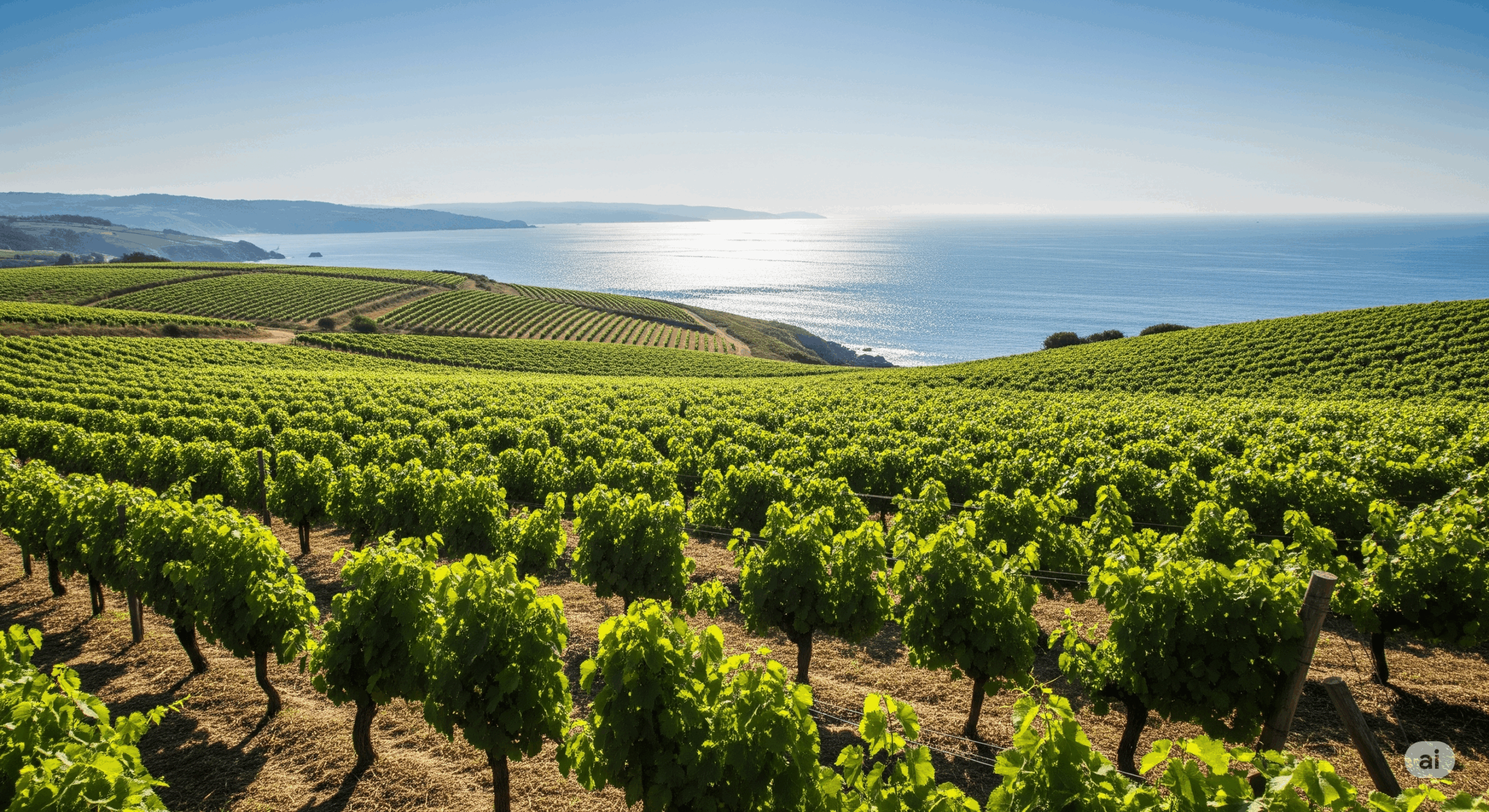This past weekend, parts of the United States saw summer peaking through with temperatures well into the 90s and some places tipping 100 degrees. As I walked to my cellar to grab a bottle, nothing called out to me more than a rosé (Château Puech-Haut Saint-Drézéry Prestige Rosé 2017, to be exact!).
Rosé has become synonymous with summer: Cold, light, and refreshing. Flavors of red fruits (strawberry, cherry, and raspberry), flowers, citrus, and melon, stretch out on your tongue and fill your senses. Ahhh, rosé. Even in times like this when we’re stuck at home, one whiff and you are whisked away to the ocean’s roar, the distant seagulls’ call, and the warm sand filling the gaps between your toes.
It wasn’t always like this though. Rosé has had an exceptionally long and sometimes checkered past. Little known fact, but many of the first wines recorded in history were rosé. But not the rosé we know today; in ancient Greece, rosé achieved its iconic color by watering down field blends of combined white and red grapes. There was a widespread belief that only “uncivilized” people drank pure wine.
In 500 BC, the Greeks sailed rosé to Massalia (modern day Marseille) in southern France. The Greek’s pink wine quickly caught on and when the Romans made way to Provence, they took these coveted wines throughout their vast trade networks. As a result, the south of France is still considered the epicenter of rosé.
Fast forward to the Middle Ages, Bordeaux put a twist on the then typical rosé, turning it violet-colored. The wine picked up the nickname “Claret” (meaning “clarity”) and soon became fashionable around France. When Bordeaux came under British rule, Claret wines made their way to England as the “go to” drink.
In the 19th century, French tourists flocked to places like the Côte d’Azur in southern France. After a long day of playing and swimming, they would relax with a chilled glass of rosé. Suddenly, this simple local wine became a symbol of glamour, leisure, and summer. Sound familiar?
While the Americans flirted with rosé from the late-1800s to late-1900s, its association was anything but high-class glamour. Cheap and sweet imports from Portugal flooded the market, and eventually Sutter Home came out with its sweet (and cheap!) pale pink version called “White Zinfandel.” It came in a box and sat in many of our childhood fridges as mom’s “go to” when the kids were bad. It was an instant hit and a rage during the 1980s, but it was anything but sophisticated.
It wasn’t till the early 2010s that rosé started to gain hints of the glamourous reputation it shared in the south of France. We likely have the Hamptons to thank for it. About 3 years prior, rosé was undergoing a revival in Europe. Wealthy NYC socialites may have brought the demand back home from their jet setting European holidays. Now known as the “Hamptons Gatorade”, New York Post articles wrote about shortages in rosé and even calling on socialites to stock up.
Local Long Island brands like Wölffer Estate’s rosé went from producing 82 cases in 1992 to well over 20,000 cases today. And French brands like Whispering Angel, a Provence rosé by Château d’Esclans, went from importing 500 cases in 2006 to 100,000 cases. Another wine that helped rosé’s reputation rebound was Miraval, from nonother than Brad Pitt and Angelina Jolie. Miraval’s production is overseen by the Perrin family, which has crafted fine wine for five generations. Another star-powered winery that gave rosé a boost is California-based Coppola (yep, the director) and his pink Sofia. That wine debuted in 2003 with a production of 2,500 cases and now produces well over 10,000 cases annually.
Unique elegance goes hand-in-hand with glamour and rosé exudes oodles of it. If you walk through the rosé section of a wine shop you will find bottles that literally “bling” and no two bottles will look alike. This is a trademark of rosé. Some bottles look more like perfume bottles or have a glass stopper instead of a cork or an elegant crest embossed. Others are shaped to represent desirable objects, like roses or jewels. Combining rosé bottles on a shelf can be striking (and can lead to very cool interior design opportunities when they’re emptied!).
Another culprit for the rise of rosé in the US is (of course) social media. It started with the Instagram account of the marketing genius Yes Way Rosé and turned into a phenomenon. Hashtags like #roséallday were used liberally and images of beautiful people in even more beautiful locations flooded Instagram. Rosé became the ultimate influencer in wine.
So, where will rosé go from here? Unknown but like all social media frenzies, it will eventually be overtaken by the next fad . . . possibly natural wine?
But for now, rosé is in and will fill glasses for summer months to come. And to help with that, here’s a few brands whose 2019 bottles are making us thirsty. Happy hunting!
- Domaine de la Chapelle Saint Victor Rosé
- Maison Saleya Provence Rosé
- Chateau Peyrassol Côtes de Provence Rosé
- Copain Wines Les Voisins Pinot Noir Rosé
- Château Vignelaure Rosé
- Château des Bertrands Rosé
- Château d’Esclans Whispering Angel Rosé
- Domaines Ott Clos Mireille Rosé
- Miraval Côtes de Provence Rosé
- Diving Into Hampton Water Rosé
Did you like this content? If you did, let us know and share it with your friends.
This page contains affiliate links. We receive a small compensation when you purchase through affiliate links. While clicking these links won’t cost you a cent, it will help us keep the lights on and buy more wine. To find out more, click here.






